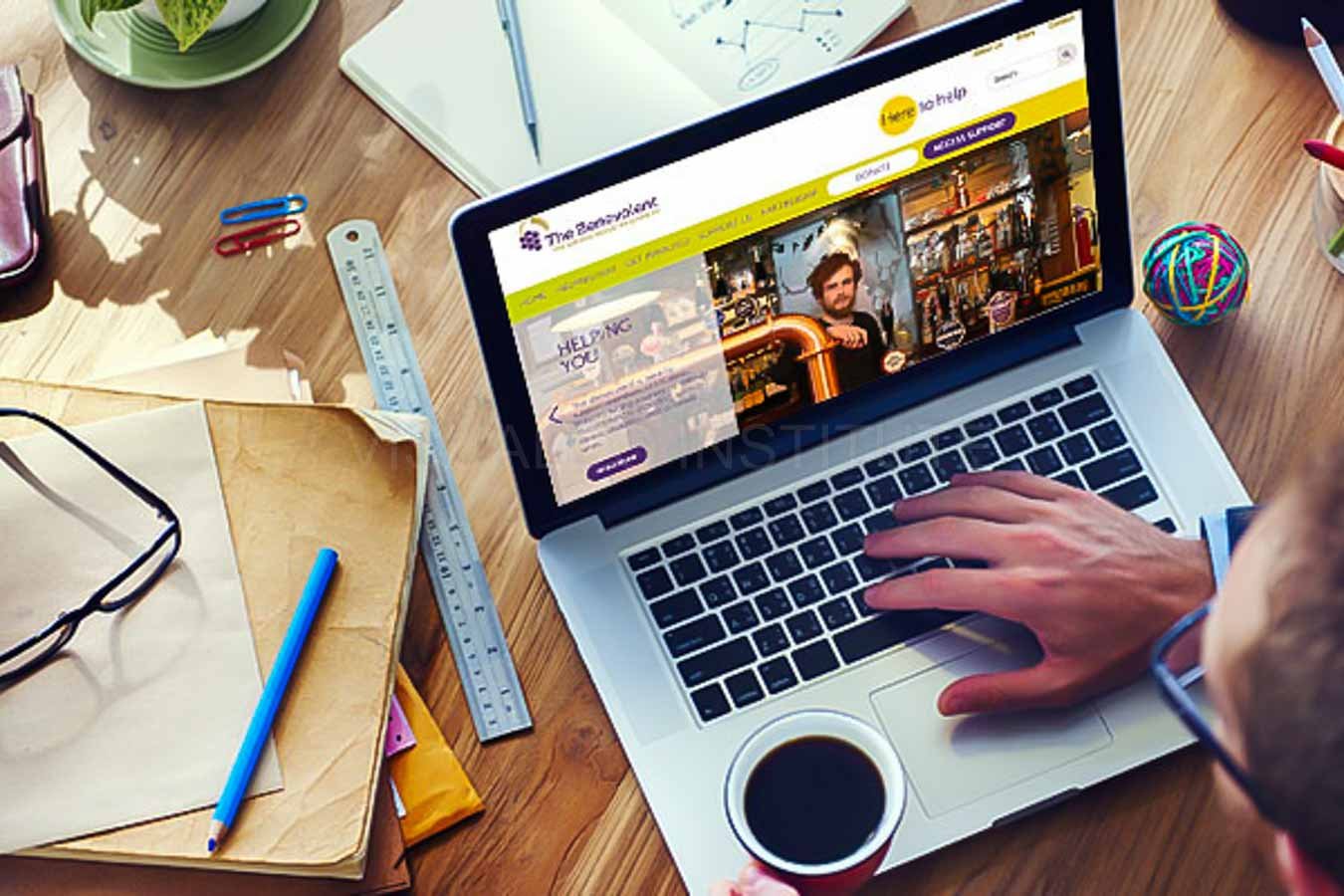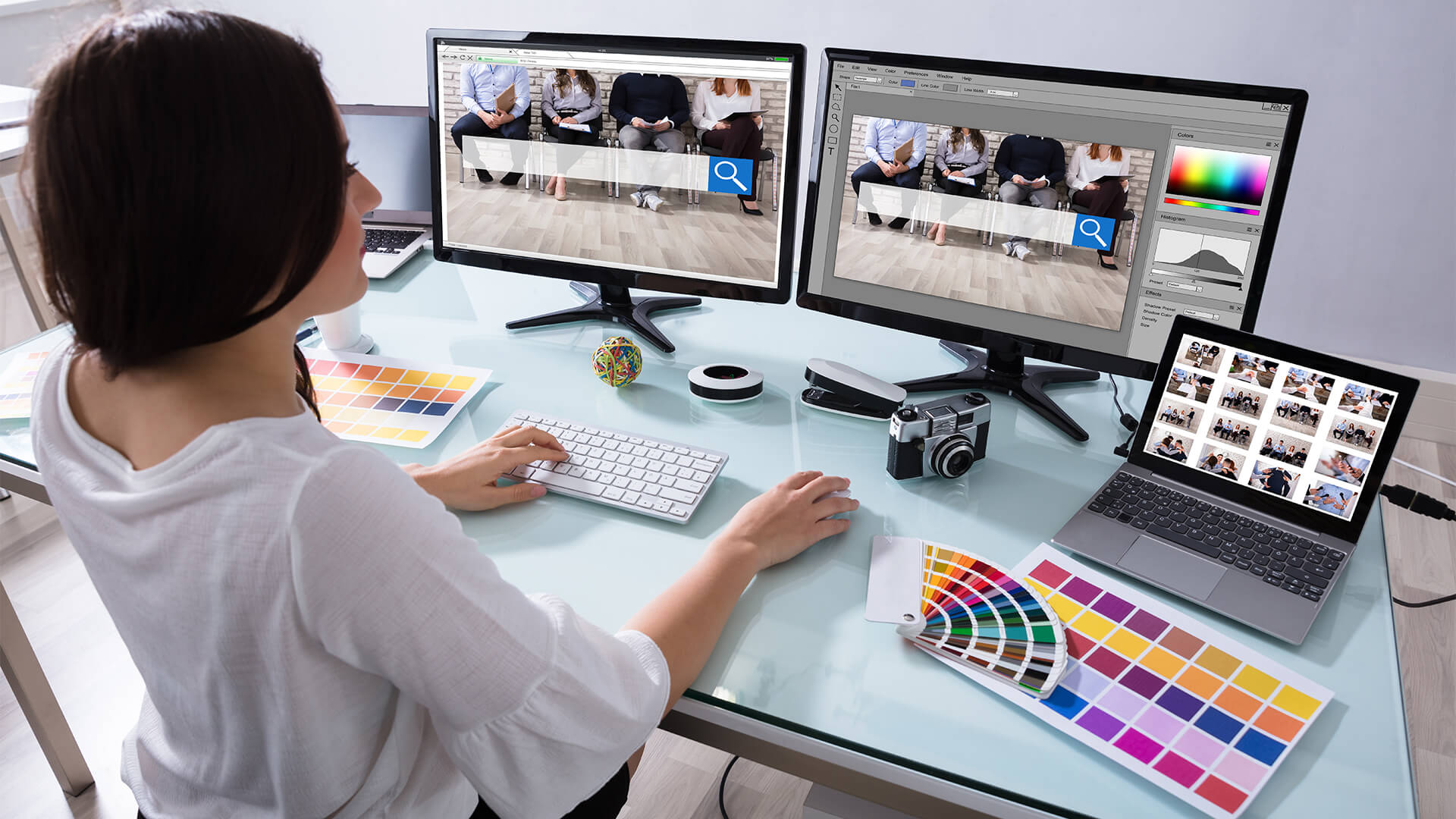Aligned Position Web Design: Crafting Visually Appealing Websites for Modern Businesses
Aligned Position Web Design: Crafting Visually Appealing Websites for Modern Businesses
Blog Article
The Most Effective Kinds Of Website Design to Enhance Customer Experience and Involvement
In the ever-evolving landscape of electronic communication, the performance of Web style dramatically impacts user experience and interaction. Different design techniques, such as minimal, receptive, and interactive layouts, each offer distinct advantages that can provide to diverse individual requirements.
Minimalist Website Design
As digital landscapes become significantly cluttered, minimalist Web style has arised as an effective strategy to boosting individual experience. This layout ideology prioritizes simplicity, concentrating on necessary aspects while removing unnecessary disturbances. By utilizing sufficient white area, straightforward navigating, and a restricted shade combination, minimalist layout cultivates quality and guides user focus to essential material.
The core principle of minimalist website design is to create a smooth communication for customers. By minimizing cognitive tons, users can promptly grasp information without feeling bewildered. This direct method not only improves functionality but also urges involvement, as site visitors are most likely to check out a site that is aesthetically appealing and simple to browse.
In addition, minimal design typically highlights typography and imagery, making use of these aspects strategically to share messages successfully. In essence, minimalist Web design is not simply a trend; it is a thoughtful method that acknowledges the importance of user-centered style.
Responsive Website Design
In today's varied electronic environment, receptive website design has actually become essential for creating a smooth user experience throughout a wide range of tools. As customers gain access to internet sites on smartphones, tablet computers, laptop computers, and desktops, the capability of a site to adjust its design and material to different screen dimensions and resolutions is crucial.
Responsive website design utilizes adaptable grids, images, and CSS media inquiries to make sure that Web material exists ideally, no matter of the device made use of. This strategy not just improves the aesthetic allure of a web site however likewise considerably improves usability. Individuals are a lot more likely to involve with a website that supplies a regular experience, as it removes the irritation of having to zoom in or scroll excessively.
Furthermore, internet search engine, consisting of Google, focus on mobile-friendly internet sites in search rankings. By taking on receptive layout, businesses can enhance their exposure and reach a wider audience. This strategy likewise streamlines website upkeep, as a single version of the website can accommodate all gadgets, minimizing the demand for several variations. In recap, responsive website design is a basic method that boosts customer experience, engagement, and total complete satisfaction.
Interactive Website Design
Responsive Web design prepares for boosting user experience, yet interactive website design takes this a step better by engaging individuals in an extra vibrant method - Aligned Position Web Design. By integrating components such as animations, clickable prototypes, and real-time feedback, interactive website design mesmerizes individuals, drawing them into a richer surfing experience
This technique not only fosters involvement however likewise motivates users to discover material actively instead of passively eating it. Strategies such as gamification, where individuals gain rewards for finishing tasks, can considerably enhance the time invested in a site and boost general satisfaction. Interactive attributes can simplify intricate information, making it much more delightful and absorbable.

Integrating interactive design aspects can likewise lead to higher conversion prices, as individuals are more probable to engage with a site that actively entails them. Aligned Position Web Design. Ultimately, interactive Web layout transforms customer experiences into unforgettable journeys, making sure that visitors return time and once more
Flat Layout
Identified by its minimalistic approach, level layout emphasizes simpleness and functionality, removing away unnecessary aspects and concentrating on necessary features. This layout philosophy focuses on usability, guaranteeing that users can browse user interfaces effortlessly and effectiveness. By using a clean aesthetic, flat layout eliminates the mess usually located in much more luxuriant styles, consequently boosting user emphasis on web content and functionality.
The hallmark of level layout hinges on its use vibrant shades, straightforward typography, and geometric forms. These aspects add to an aesthetically appealing interface that click resources is both contemporary and friendly. Furthermore, flat design cultivates a sense of quality, allowing individuals to recognize crucial actions and info without interruption.
Furthermore, level layout is especially efficient in receptive Web design, as its simplicity equates well throughout various devices and screen sizes. The absence of detailed textures and slopes decreases loading times, which is important for preserving user interaction. As digital landscapes continue to progress, flat style Click Here continues to be a pertinent selection for producing easy to use internet sites that improve general experience. By focusing on important attributes, level layout not only fulfills individual needs yet likewise motivates seamless interaction, making it an essential element of efficient Web design methods.
Flexible Website Design
Adaptive Web design personalizes the user experience by creating numerous repaired formats tailored to different screen dimensions and devices. Unlike responsive layout, which fluidly adjusts a solitary design, adaptive design employs unique formats for certain breakpoints, guaranteeing optimum discussion on numerous platforms. This method enables designers to concentrate on the special attributes of each tool, improving use by delivering specifically what individuals need based on their context.
One of the primary advantages of adaptive Web design is its ability to optimize tons times and efficiency. By serving tailored web content and pictures that fit the individual's tool, sites can lessen data use and enhance loading rates. This is especially helpful for individuals with slower connections or limited information strategies.

Furthermore, flexible design helps with an extra controlled and regular branding experience. Because developers develop several designs, they can ensure that the visual aspects line up with the brand name's identity throughout various my sources systems - Aligned Position Web Design. This causes a cohesive user experience, boosting engagement and promoting customer retention
Final Thought
To conclude, the assimilation of minimal, responsive, and interactive Web style concepts considerably improves customer experience and engagement. Minimalist style fosters clarity and focus, while receptive style ensures adaptability across various devices, promoting ease of access. Interactive style captivates customers through vibrant elements, urging exploration and personalization. Collectively, these layout approaches add to the production of straightforward settings that not only enhance complete satisfaction however additionally drive higher conversion rates, highlighting their critical significance in contemporary Web layout techniques.

Minimalist style fosters clearness and focus, while receptive design makes sure adaptability throughout different tools, advertising availability. Jointly, these style comes close to add to the creation of straightforward settings that not only enhance fulfillment however also drive greater conversion prices, highlighting their vital significance in contemporary Web layout strategies.
Report this page